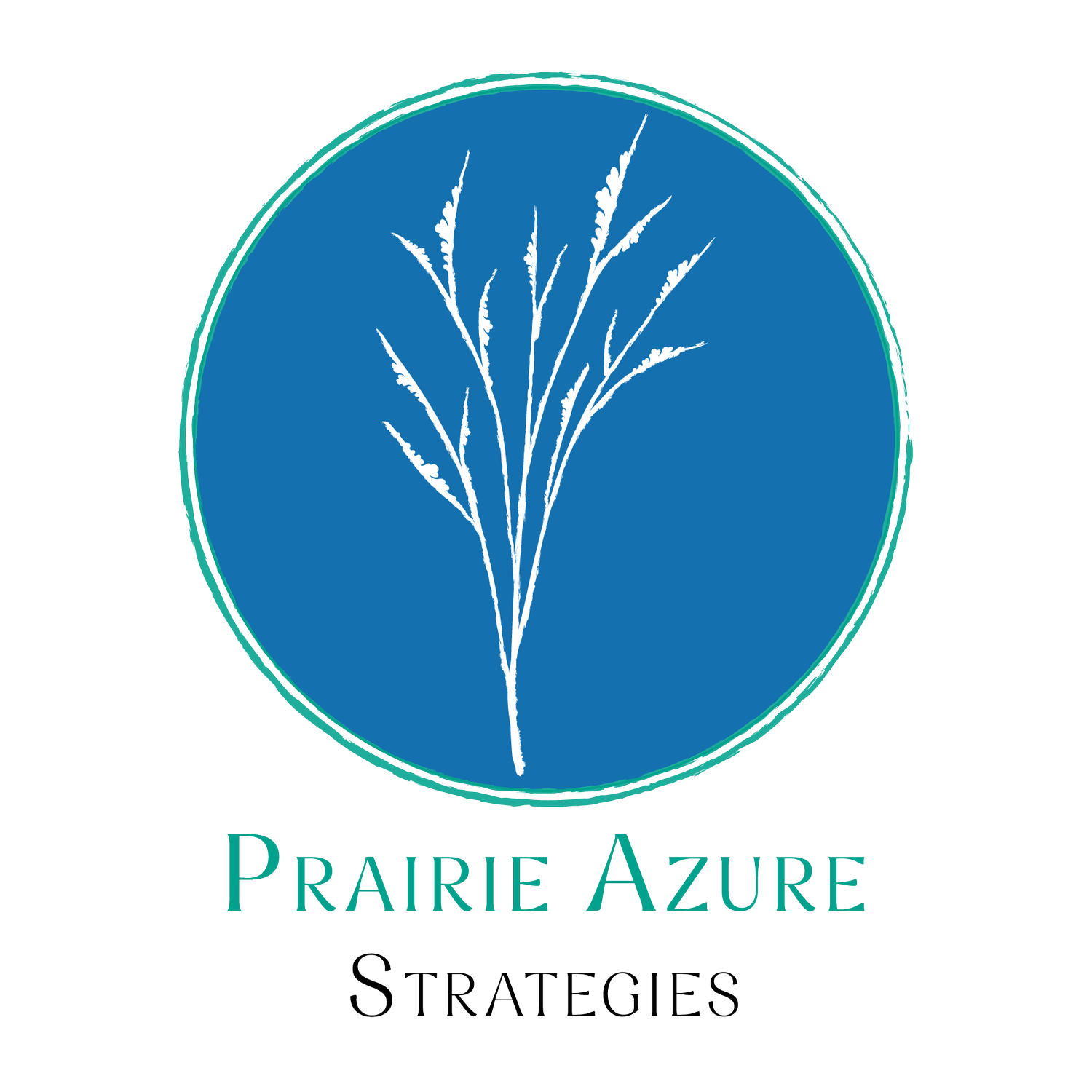Why most strategic plans fail (and what to do instead)
You probably have one: a comprehensive strategic plan, carefully crafted over months of meetings with your team members and maybe even community partners. But when it comes to the day-to-day operations of your department, your plan is getting lost, and probably gathering dust.
If this sounds familiar, you’re not alone. Many of the agencies I’ve worked with struggle to connect their strategic plan to department operations, and often staff feel like strategic plan objectives are extra work on top of everything else they do. Public health agencies especially face a unique set of challenges with strategic plans - it can be difficult to connect back to your lofty strategic goals when you’re planning an emergency preparedness activity, the local preschool has a measles case, and someone just brought in a dead bat in a Tupperware container for rabies testing.
Mentalities that cause strategic plan failure (and solutions)
Checking boxes
When the primary driver for strategic planning is to have a strategic plan, failure is basically written in from the start. Whether your strategic plan is driven by PHAB accreditation requirements, funding mandates, or expectations from your administration, plans written with external priorities in mind rarely drive buy-in from your department’s staff. The result of this kind of planning process is a beautiful plan that aligns nicely with those external priorities - but it rarely has the specificity needed to drive accountability and real progress.
So how do we fix this? The first step is to deeply understand the problems facing your department and the population you serve. Conduct focus groups with your staff, draw from your Community Health Assessment, and think about how you can align strategic priorities with both your administrative targets and community responsibilities. By identifying problems collaboratively, your staff and your community partners can see how their work fits into the strategic priorities of your department, driving natural momentum as they understand the value and impact of their work.
Striving for a “perfect” plan can also get in the way of having a useable plan. Try a “good enough” plan that specifies the essential pieces needed to move forward: a clear definition of the problem, specific next steps, and performance measures that your team will actually use. The best strategic plans are iterative - they allow you to implement quickly and learn as you go, adjusting your strategy as you gain experience addressing the problems you set out to solve.
Whose strategic plan is it, anyway?
Another common pitfall is the disconnect between strategic priorities and daily operations. Front-line staff often struggle to relate their daily responsibilities to broad strategic goals. Worse, these goals are often crafted with lofty aspirations to engage staff in additional work that isn’t really part of anyone’s job description. This creates an unforgiving parallel (or maybe opposite sides of a battlefield) where strategic planning is seen as occurring at the leadership level while agency operations remain unchanged. Without bridges between the strategic and operational levels, even great plans gather dust.
To avoid roadblocks with operational disconnect, make sure staff at all levels are part of your strategic planning process. They should have a say in organizational change and an opportunity to buy in to department strategy and priorities, rather than having them handed down from leadership. Make sure strategic plan implementation is a regular topic of conversation at staff meetings, and have clear accountability standards so staff know exactly what they are responsible for related to the strategic plan. Create bridges (goal -> objective -> your job activities) so staff can understand the linkages between their work and strategic priorities.
Reach for the stars, not the edge of the universe
The final nail in the coffin for many strategic plans comes back to those lofty goals - we know that public health challenges are complex, nuanced, and interconnected, but we could do ourselves a favor by not trying to address every one of those problems at once. I know - it feels wrong to leave problems off the list, but if the list is too long it creates confusion about priorities and spreads resources too thin. Add in our tendency to work towards systems change on tight timelines, and you’ve got a strategic plan ripe for abandonment as teams become quickly overwhelmed and discouraged.
Work with your staff and stakeholders on prioritizing a reasonable number of goals for an appropriate timeframe (3-5 years). Be honest with yourselves about what you can accomplish in just a few years. The goals themselves should be SMART (specific, measurable, attainable, realistic, and time-bound) and should be able to be broken down into clear objectives and activities, with performance measures. If you’re struggling to write activities (or if you have a million of them), chances are your goal is too big. If you’re struggling to write objectives, your goal may be too small. It’s all about striking a balance that’s appropriate for your agency.
Moving Planning to Action
What makes a strategic plan successful is an organizational culture focused on implementation and continuous improvement. By establishing clear expectations and creating tools that show progress (dashboards, highlights, or data visualization), you can help your team focus on small wins and tie them back to the big picture. Remember that a strategic plan is not a destination, but a living document that helps your agency build capacity for adaptive action in the service of community health.
Your strategic plan doesn’t need to be perfect - it needs to be useable, meaningful, and actionable.

